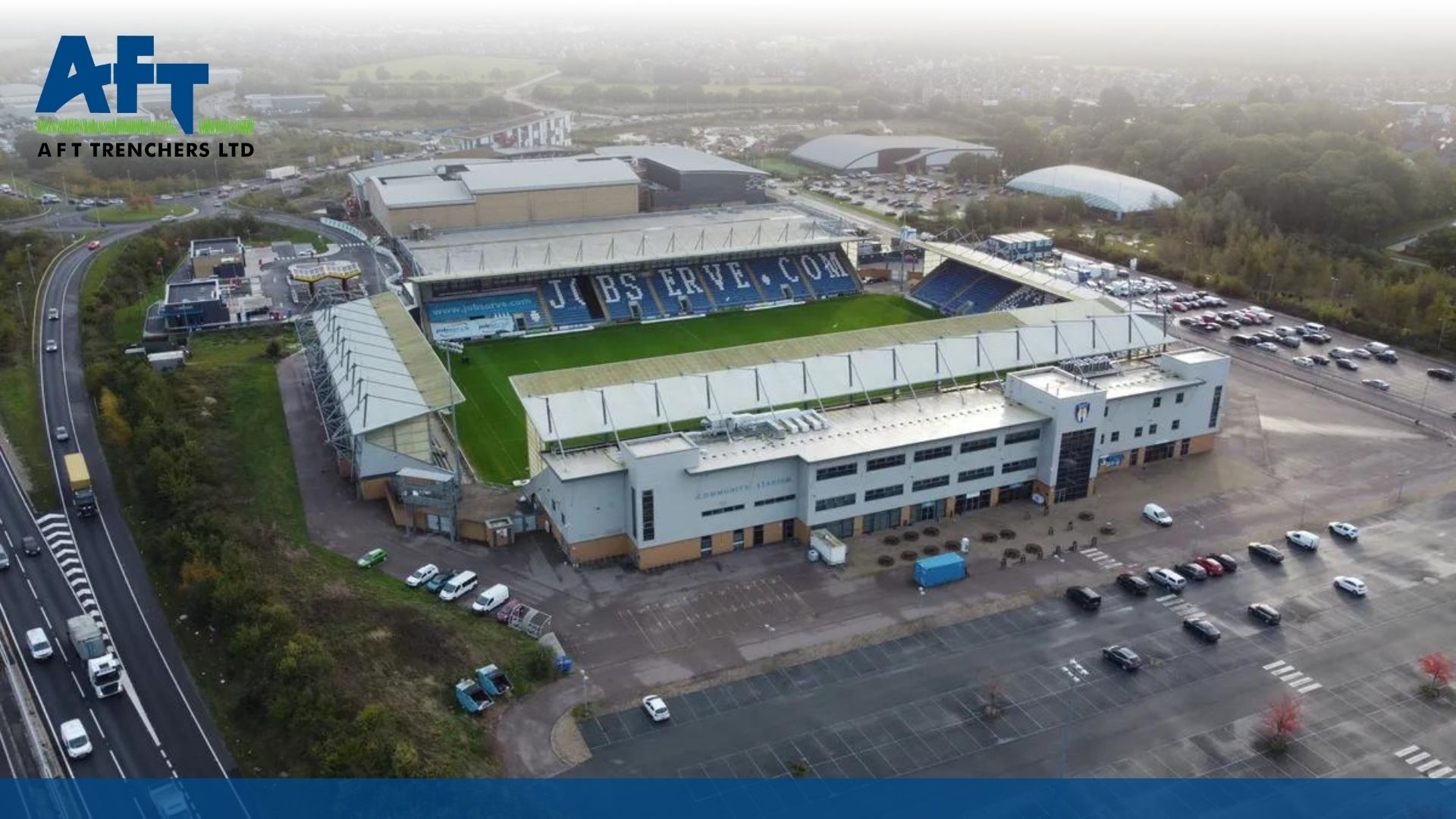
The UK has always been known for its unpredictable weather. But along with unpredictability, there is another variable we’re still in the process of learning how to deal with: intensity.
However accustomed we are to drizzling and medium-intensity rain, coping with more extreme weather conditions is a different kind of challenge.
Most infrastructure can withstand high intensity for some time. But not forever. Following the Met Office, episodes of heavy rain and extreme rain have become more and more frequent over the past few years putting a lot of infrastructure under pressure.
How can heavy rain affect Colchester United FC?
The JobServe Community Stadium drainage infrastructure can easily deal with gradual rain. In other words, it may rain for several consecutive hours or even days, as long as the rainfall intensity does not exceed a certain level, drainage infrastructure will be able to evacuate the excess water.
The situation becomes trickier when it starts pouring down heavily with no let-up in sight. For a given period of time, it rains more than the quantity that the system can evacuate, leading to dire consequences for players’ safety, the club finances and the quality of the turf:
- A wet football pitch is very slippery, and sometimes unplayable.
- In this case, the game has to be postponed.
- Football clubs can be fined for having a regular waterlogged pitch causing the abandonment of matches.
- Standing water prevents proper aeration and oxygen flow to the growing grass. This can lead to the growth of fungus damaging the turf.
Therefore, it is crucial to install an efficient drainage system with a higher water evacuation capacity.
What was the role of the AFT trenching machines?
Colchester United FC purchased three AFT machines:
- AFT45 trencher (for primary drainage)
- AFT Sandbander (for secondary drainage)
- AFT Dual Use Hopper (for trench backfilling)
The AFT45 is ideal for sports turf drainage as it can dig narrow trenches that neither affect the playability nor the aestheticism of the pitch. The machines dug drains along the entire length of the football pitch and laterals at intervals crossing the width. These trenches can then be bisected using the sandbander.
Perforated pipes were installed in the newly dug trenches and then buried under sand or lytag. They are then able to collect the rainwater that permeates through the ground. Because the pipes are installed with a slight gradient, collected water can naturally reach the perpendicular surface water drains.
How did AFT Trenchers’ machines stand out?
- Speed: The AFT machines were able to dig trenches fast enough (150 metres/hour) to quickly modernise the drainage infrastructure.
- Conveyor: As the soil was being excavated, it was directed to a trailer via the conveyor.
- Quality of the trench: The trenches were clean and narrow, perfectly sized for the pipes’ dimensions and avoided excessive backfilling materials (that would have led to higher costs).
